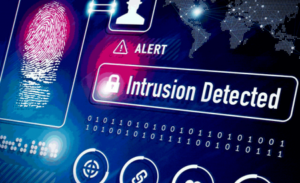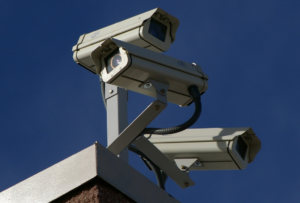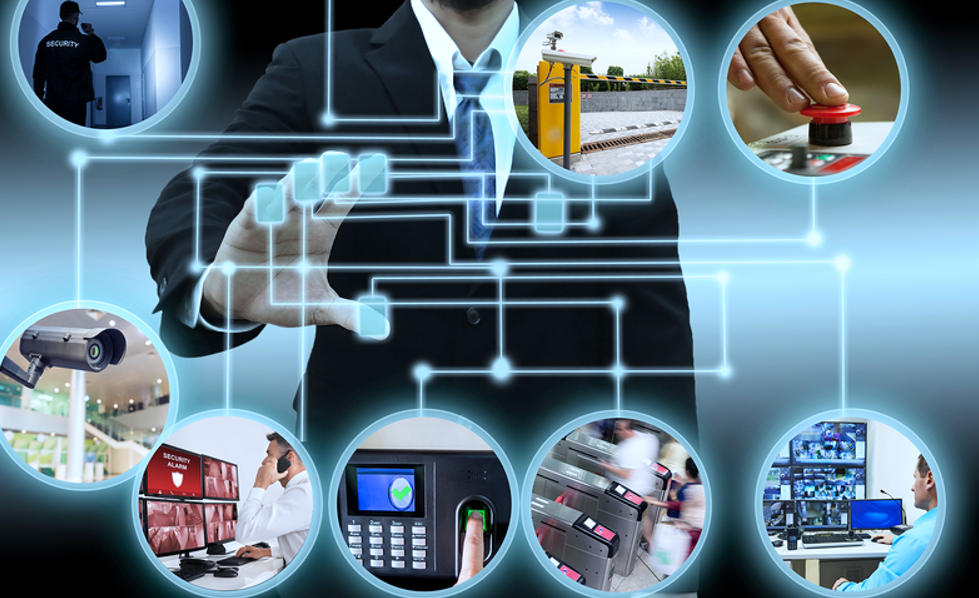Access Control Systems
Access control refers to the practice of restricting entrance to a property, a building, or a room to only authorized persons. Physical access control is best achieved through access control systems. Examples include:

- Redundant Host Processors
- Web-hosted Access Control
- Biometrics Systems
- Photo IS Management
- Visitor Management Systems
- PIV Card Compliant
- Readers and Credentials
Intrusion Detection Systems
An intrusion detection system (IDS) monitors a network or systems for malicious activity or policy violations. Any intrusion activity or violation is typically reported either to an administrator or collected centrally using a security information and event management (SIEM) system. A SIEM system combines outputs from multiple sources and uses alarm filtering techniques to distinguish malicious activity from false alarms. Examples include:

- UL Listed Defense Industrial Security System
- Interface Monitoring of Your System
- Burglar Alarm Systems
- Panic Alarms
- Web Application-Based Integration
- Monitoring
Closed Circuit TV and Intercom
Closed Circuit TV (CCTV) refers to surveillance cameras connected to security systems, and can include infrared technology, cloud-based storage with on-demand access to video footage.

Intercom systems are another layer of security for your home or business. They allow dual-way communication When someone press the call button on outdoor unit, the indoor bell will ring immediately to alert you. You can press the response button to talk with the people outside. Most well-built intercom systems include a built-in high sensitivity microphone and speaker, ensuring clear audio input and output.
Security Management Systems
Security Management Systems integrate all your security technologies into a connected universal platform with a common user interface. These may include access control, video surveillance, intrusion alarms, fire detection, visitor management, electronic locking, communications and other security technologies. The platform enables the various functional subsystems to communicate with one another, acting as one operating unit, and thus providing a greater level of protection and ease of use. (Imagine how inefficient it would be to operate each of these systems separately.)
